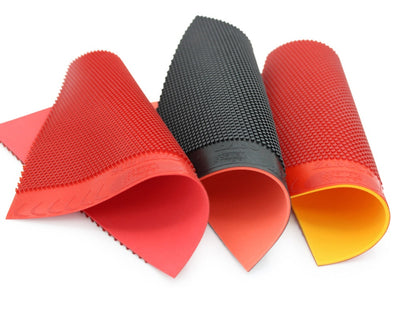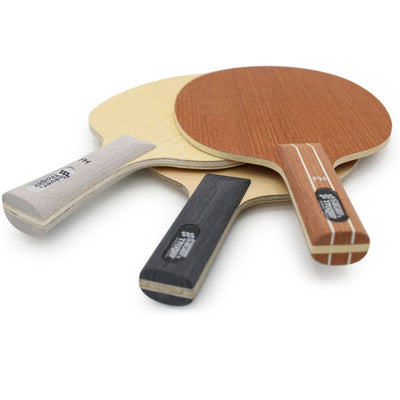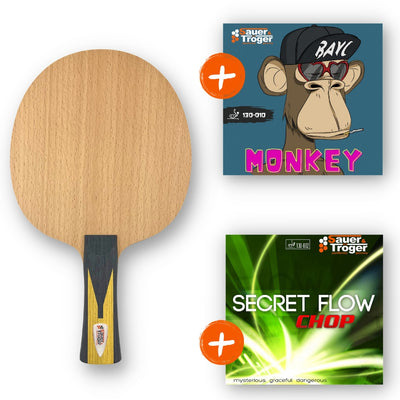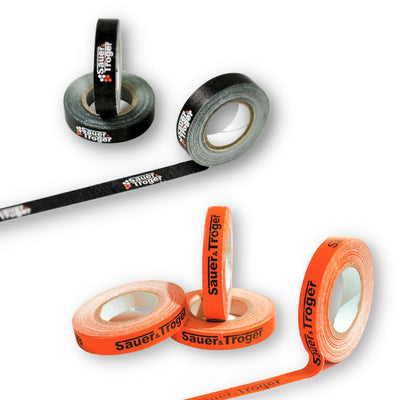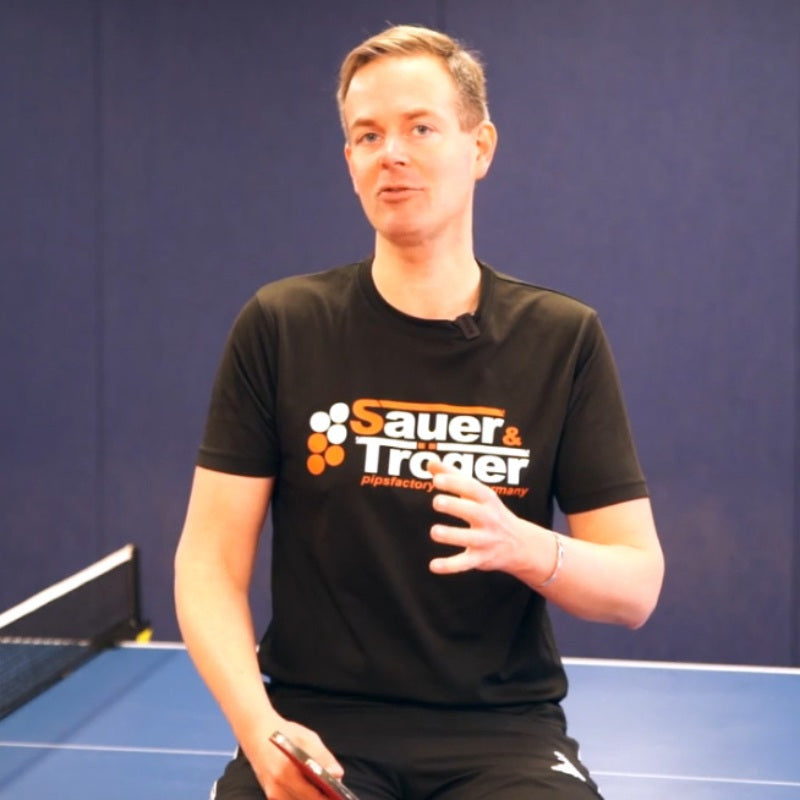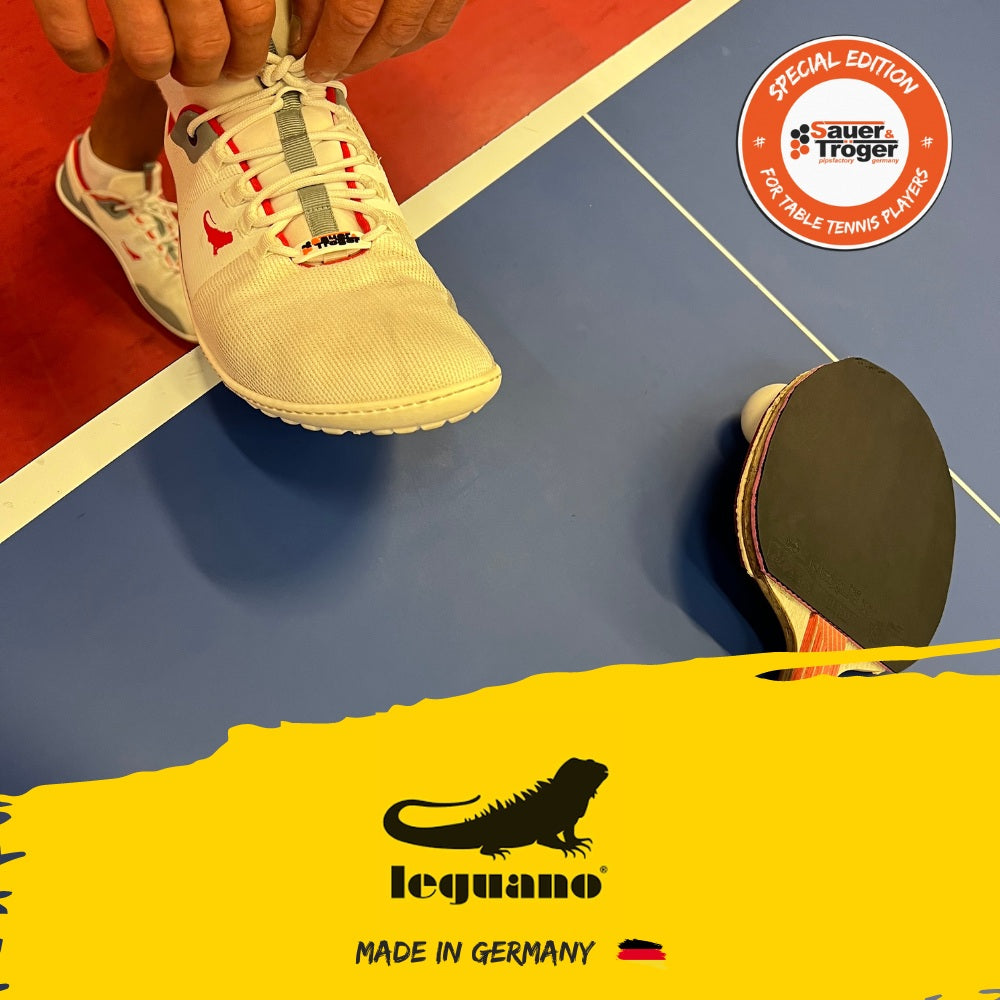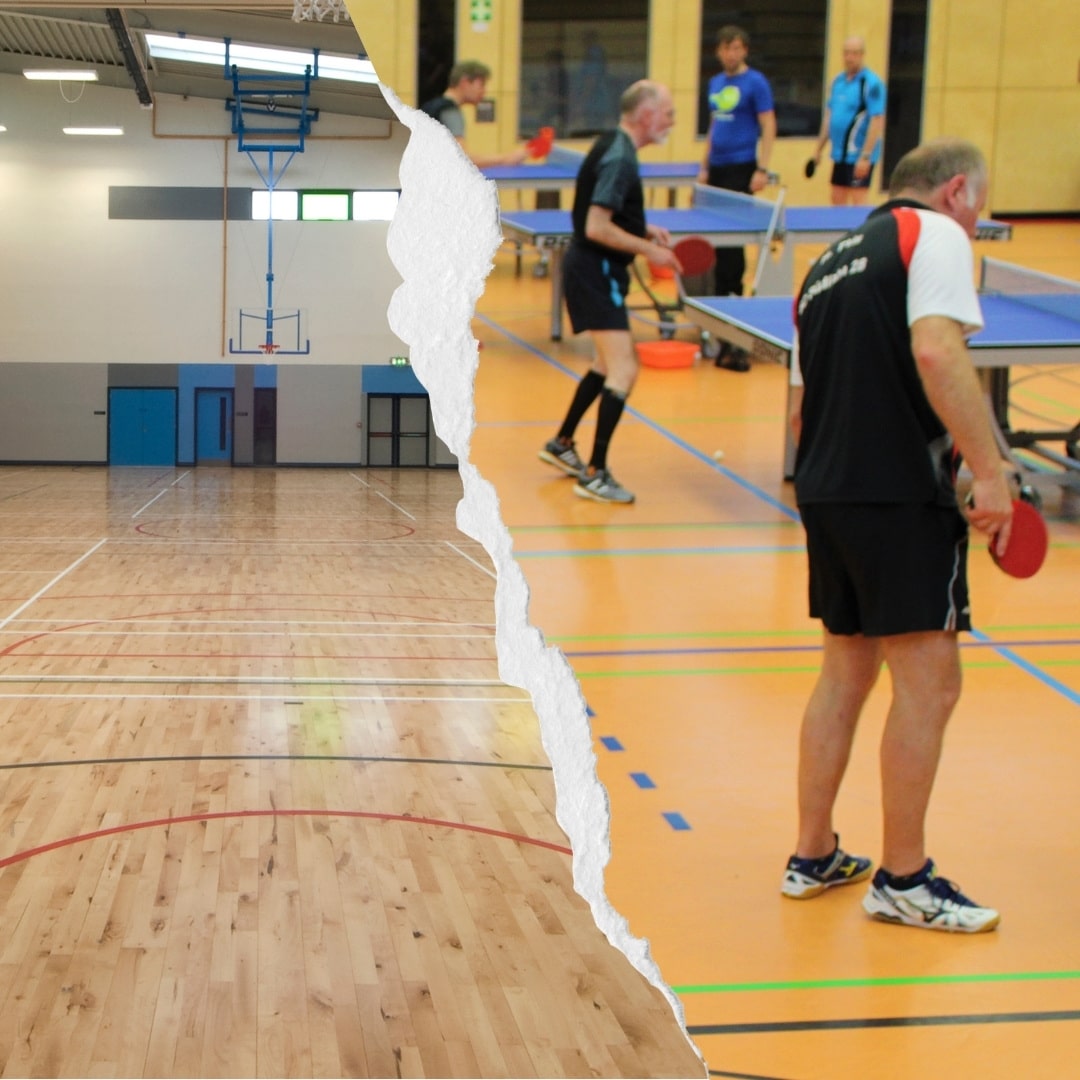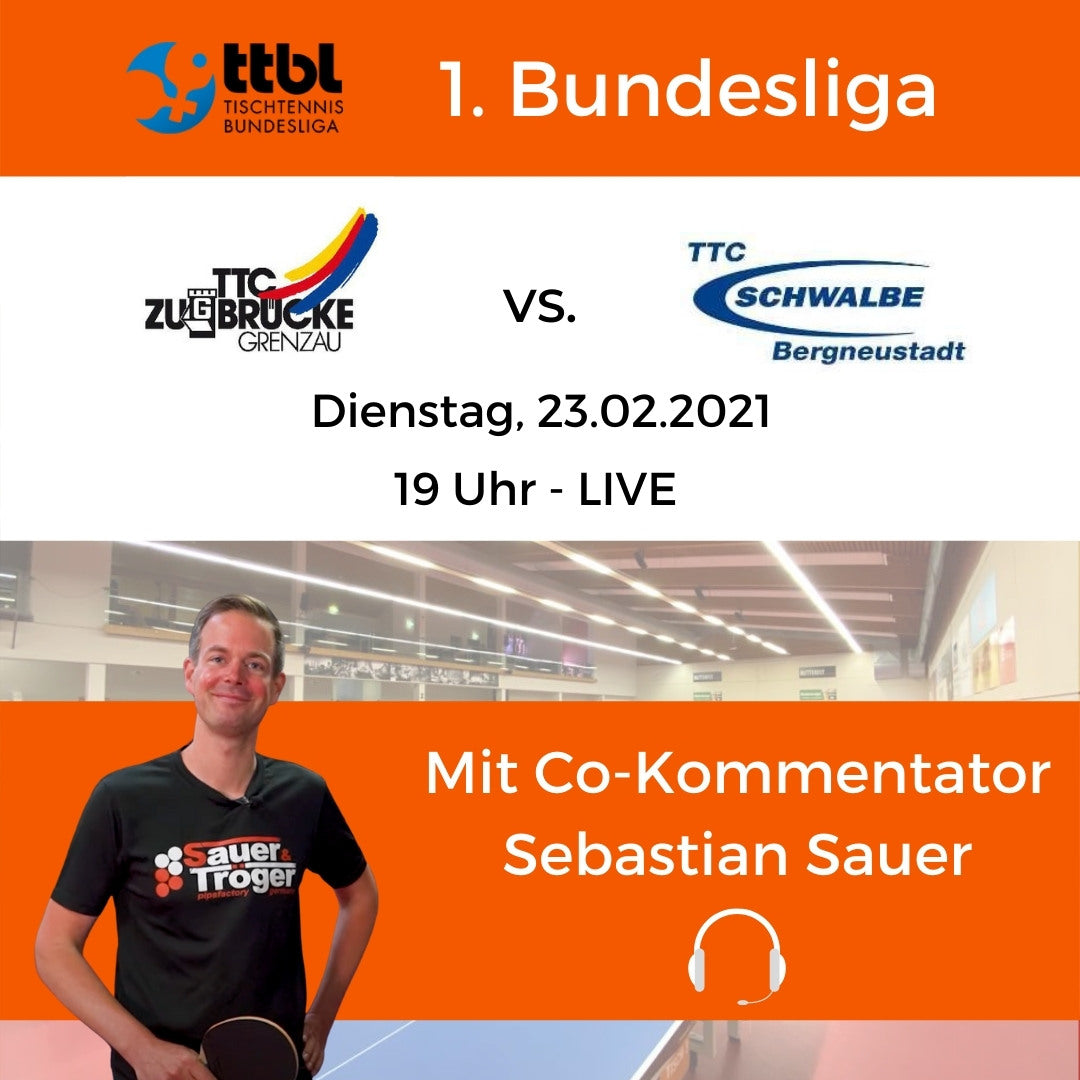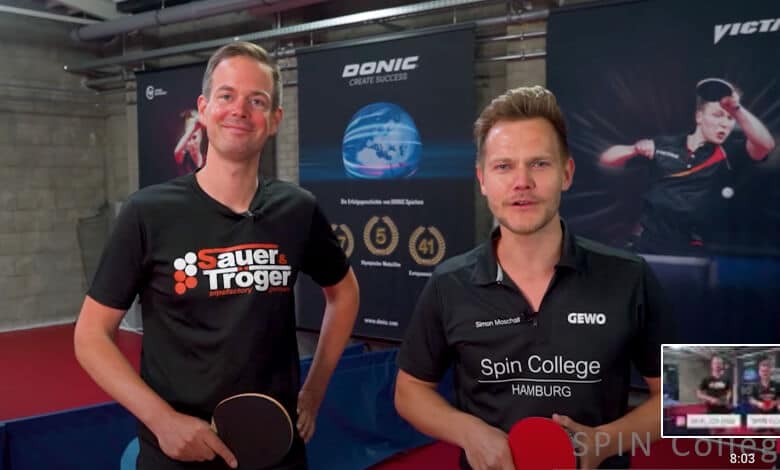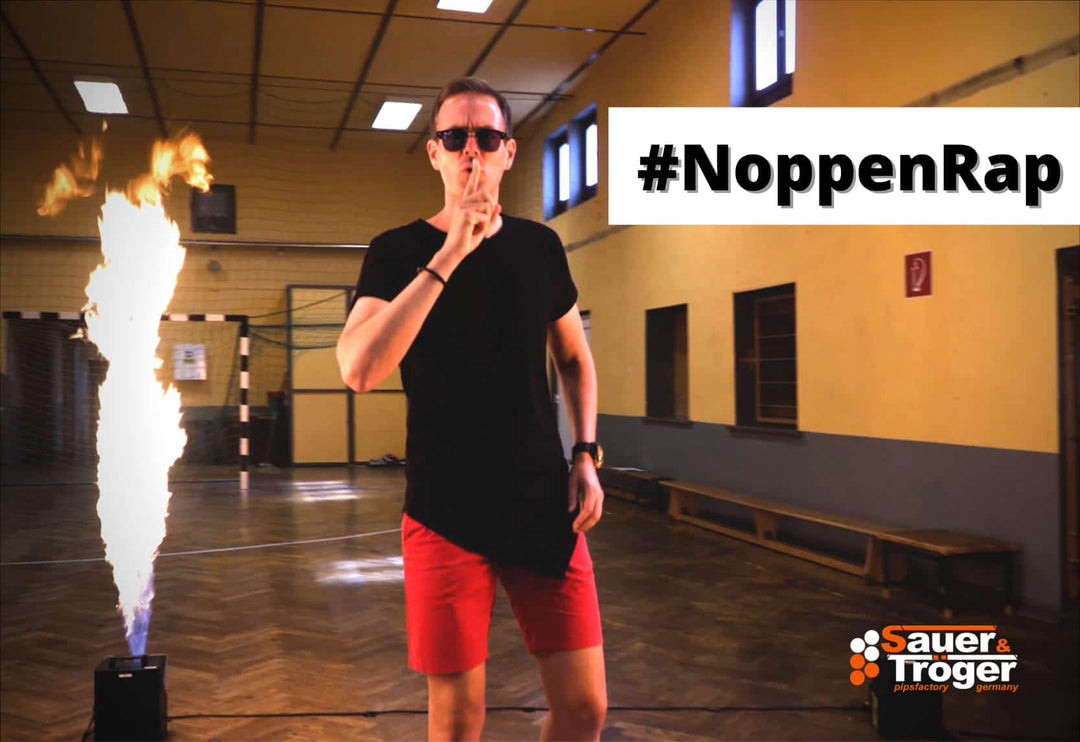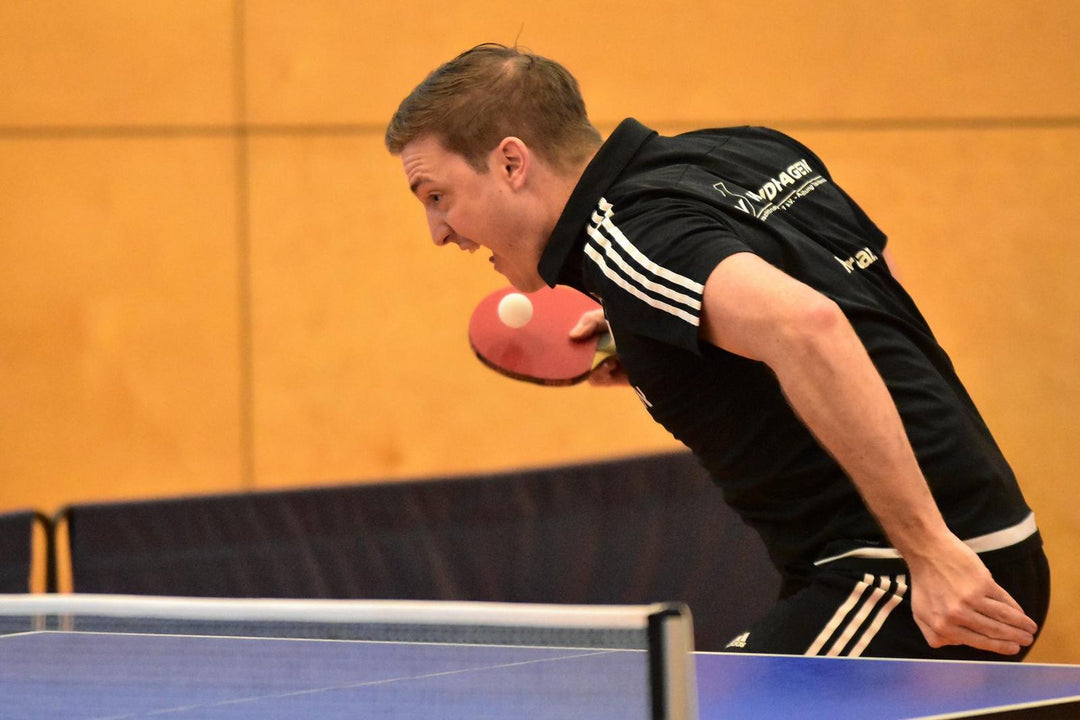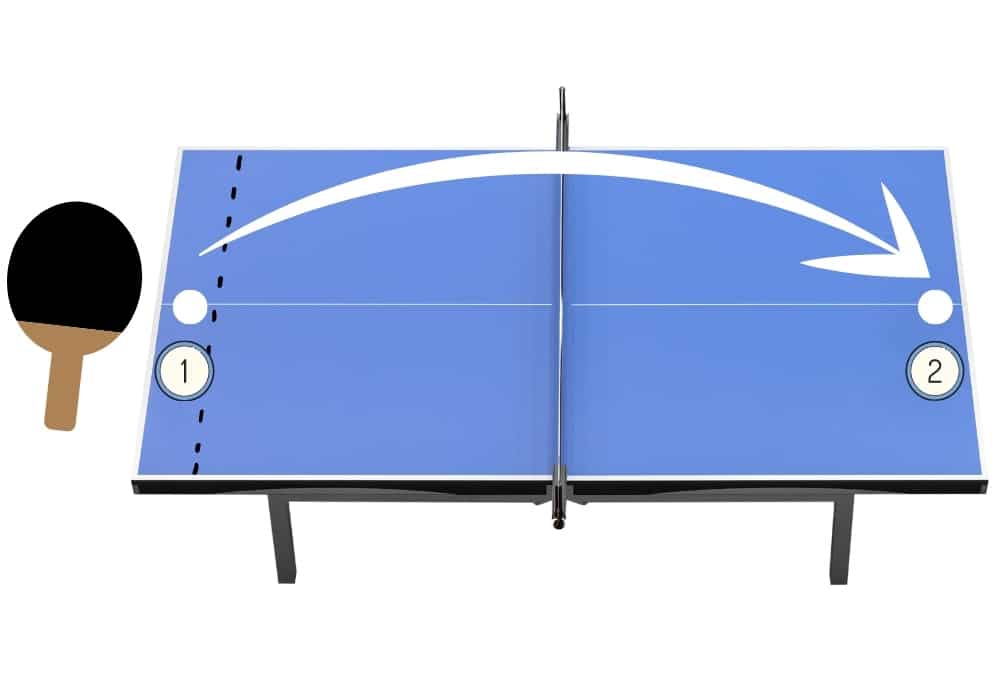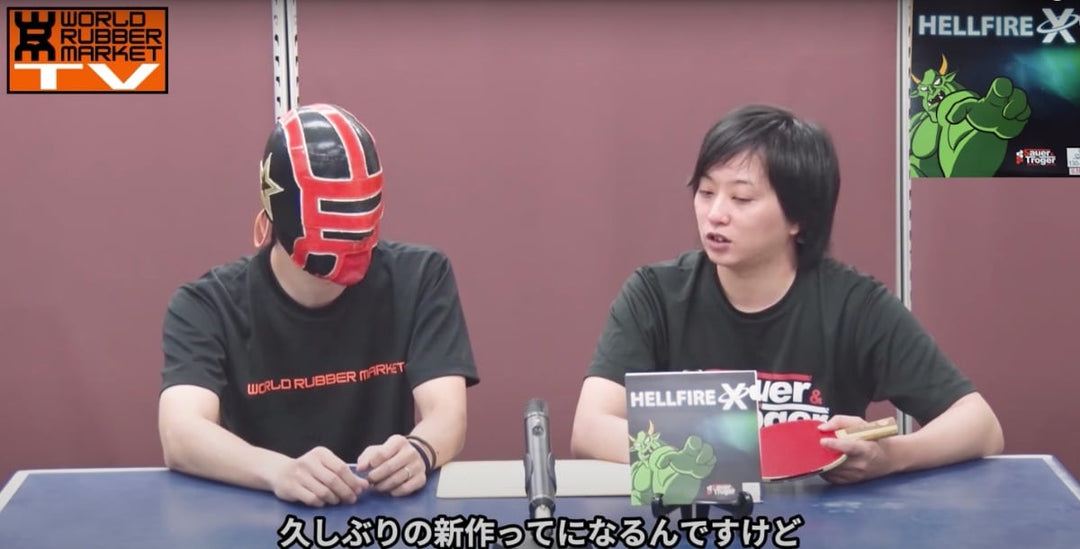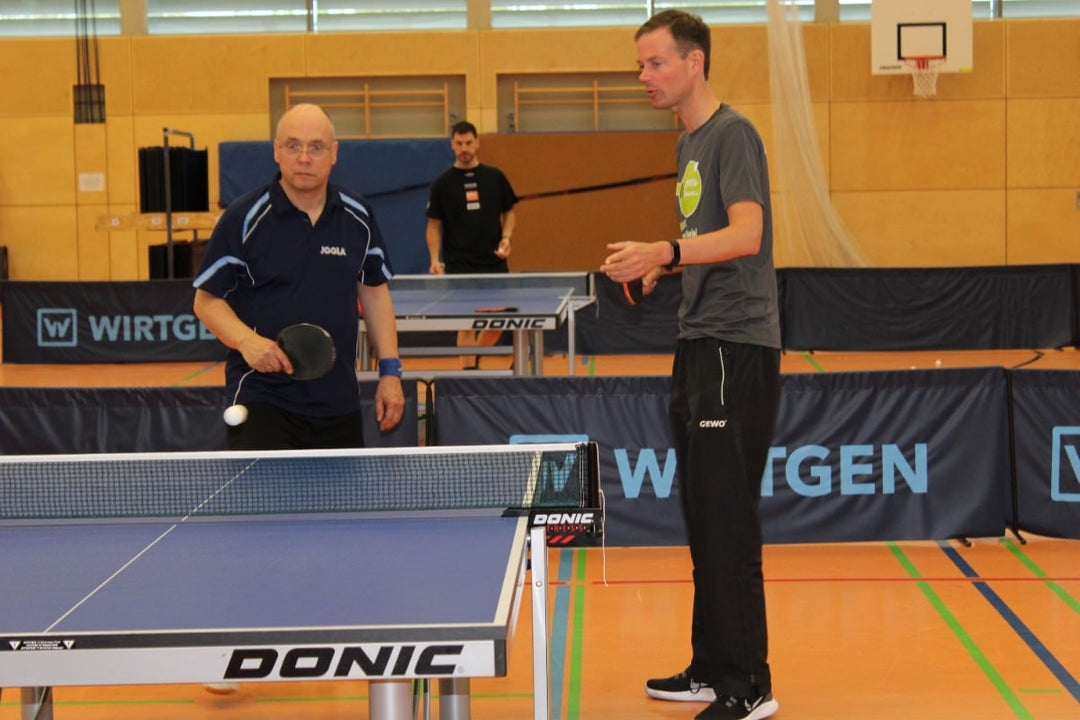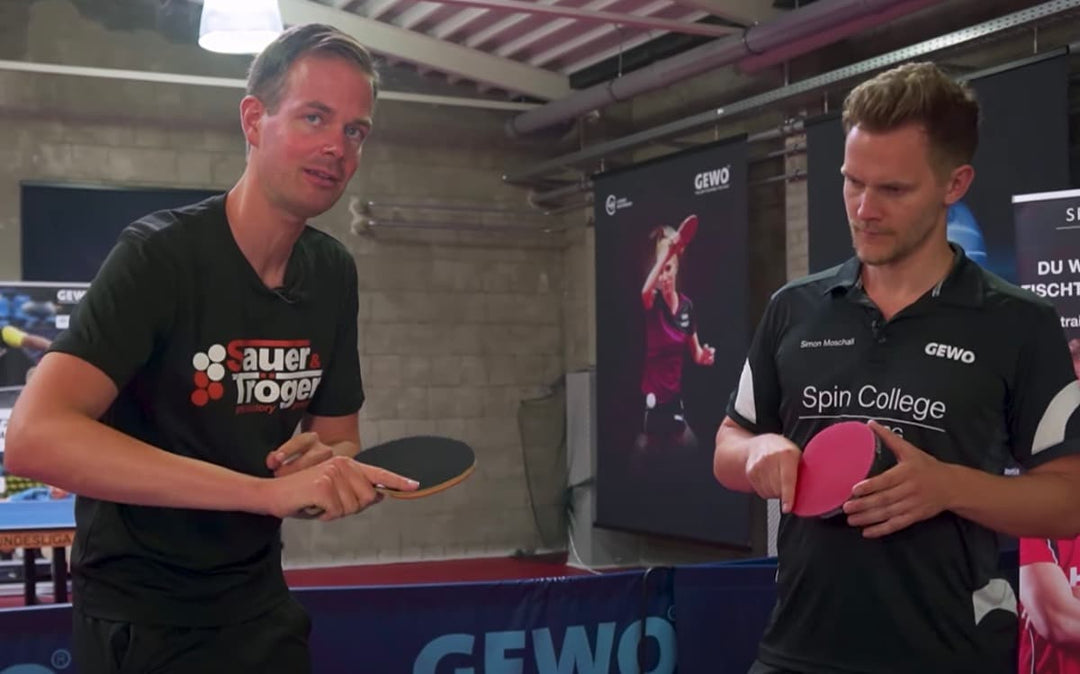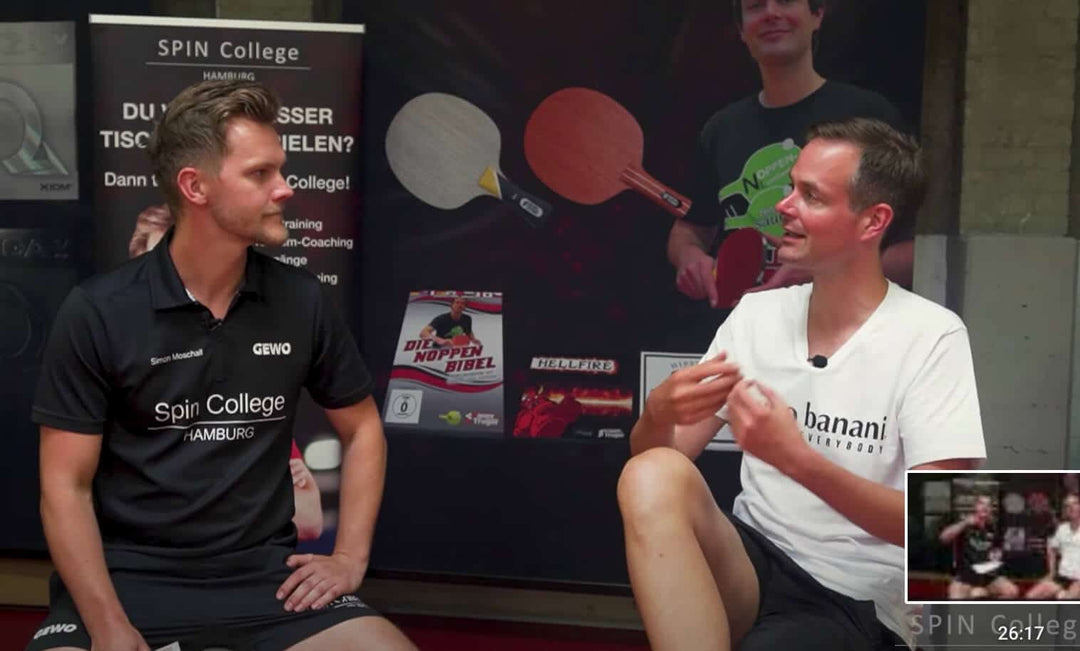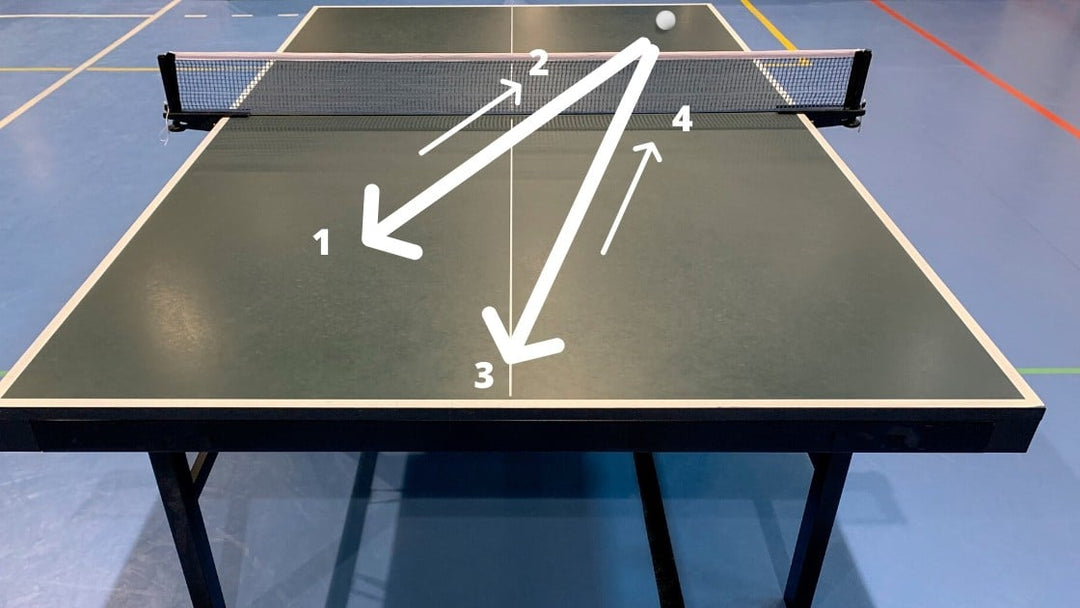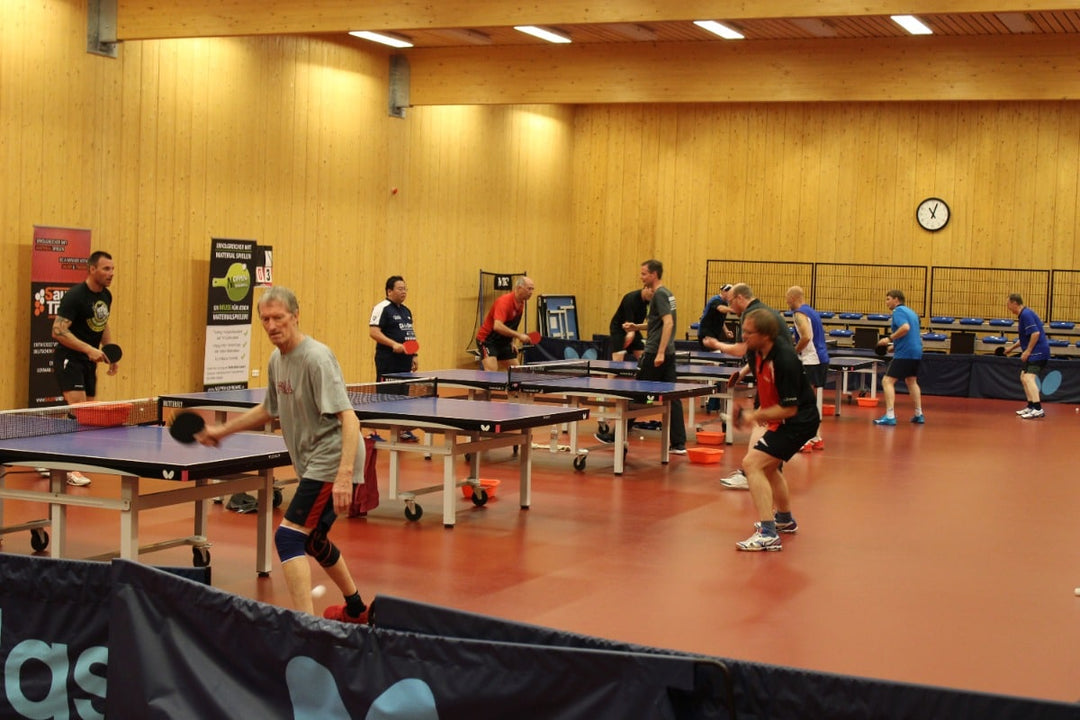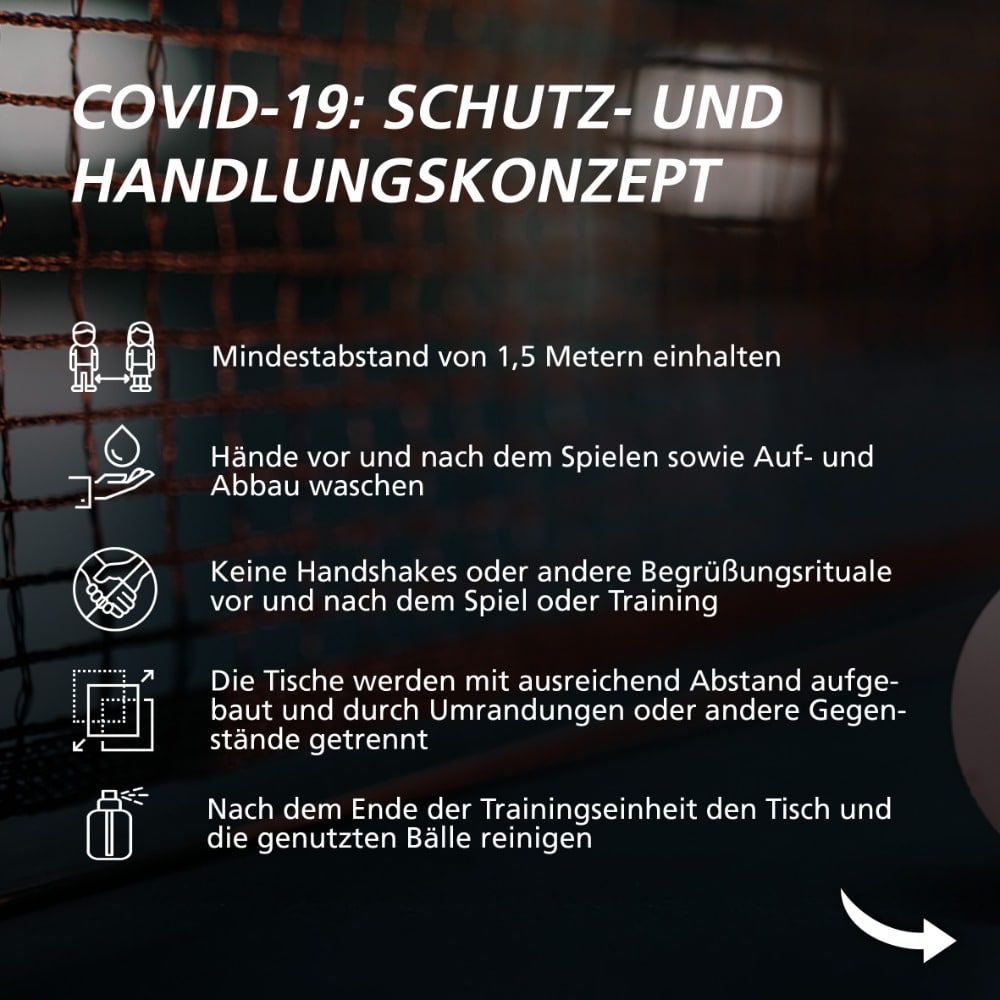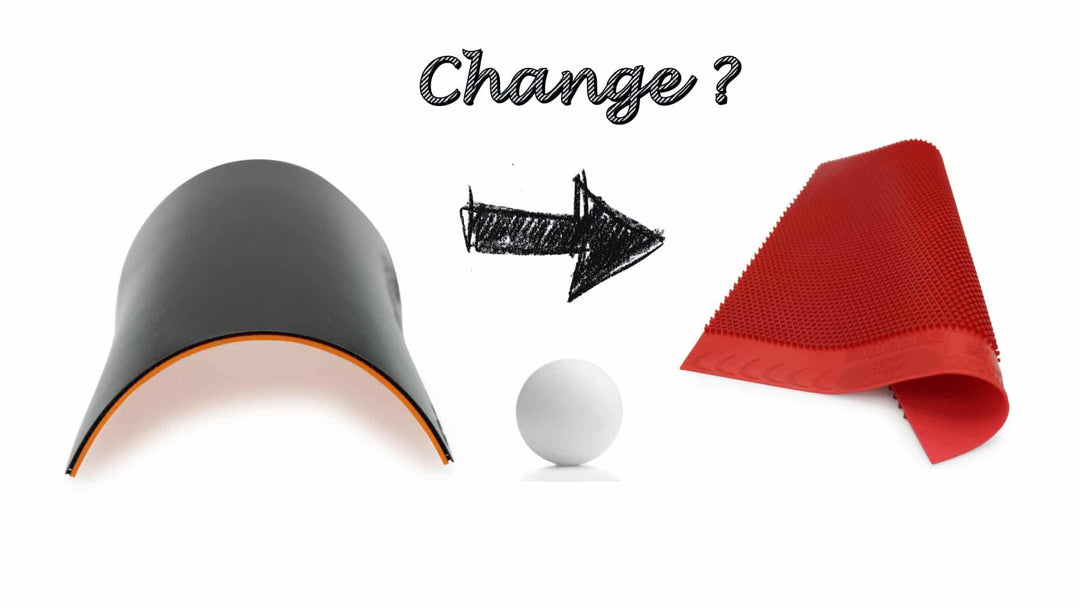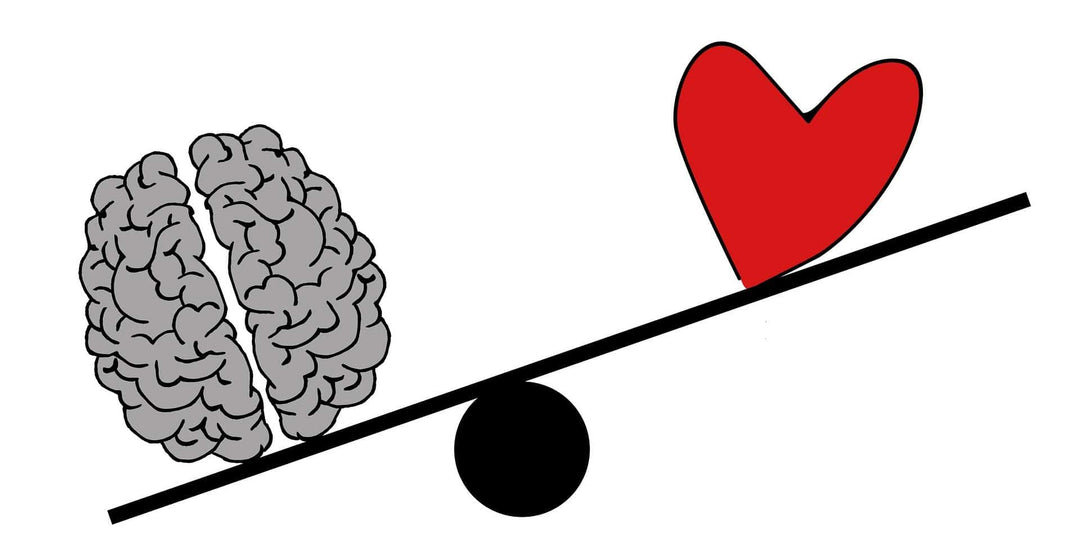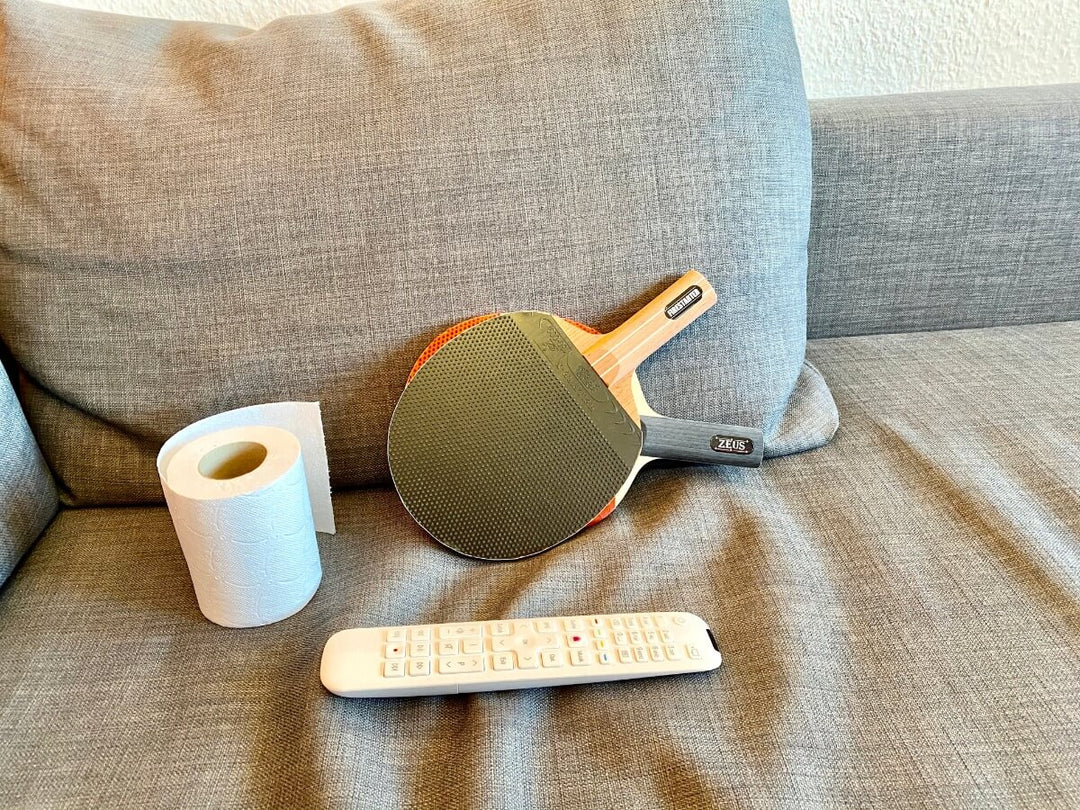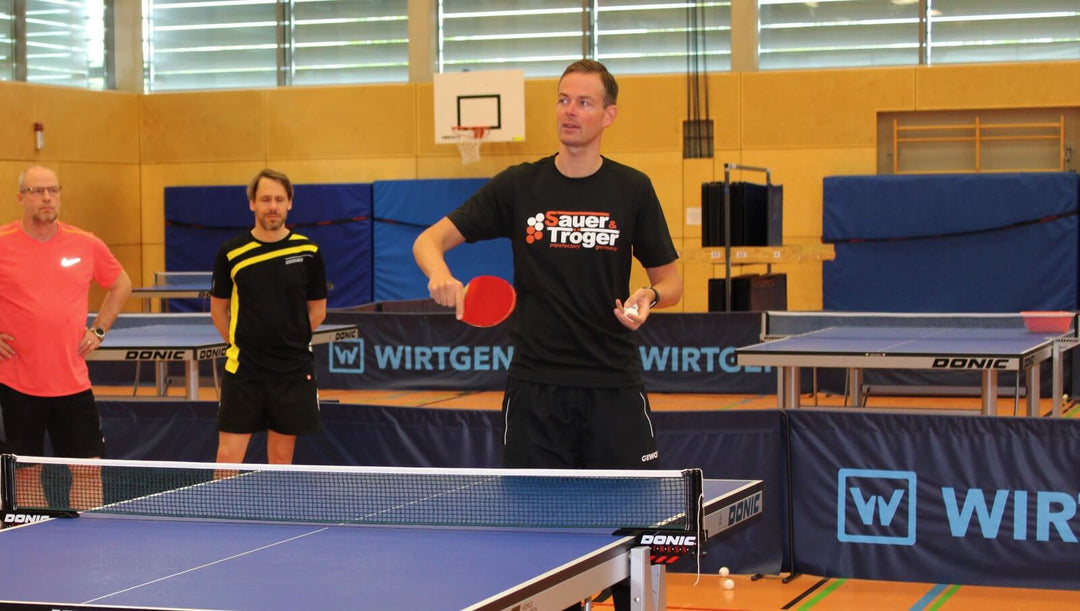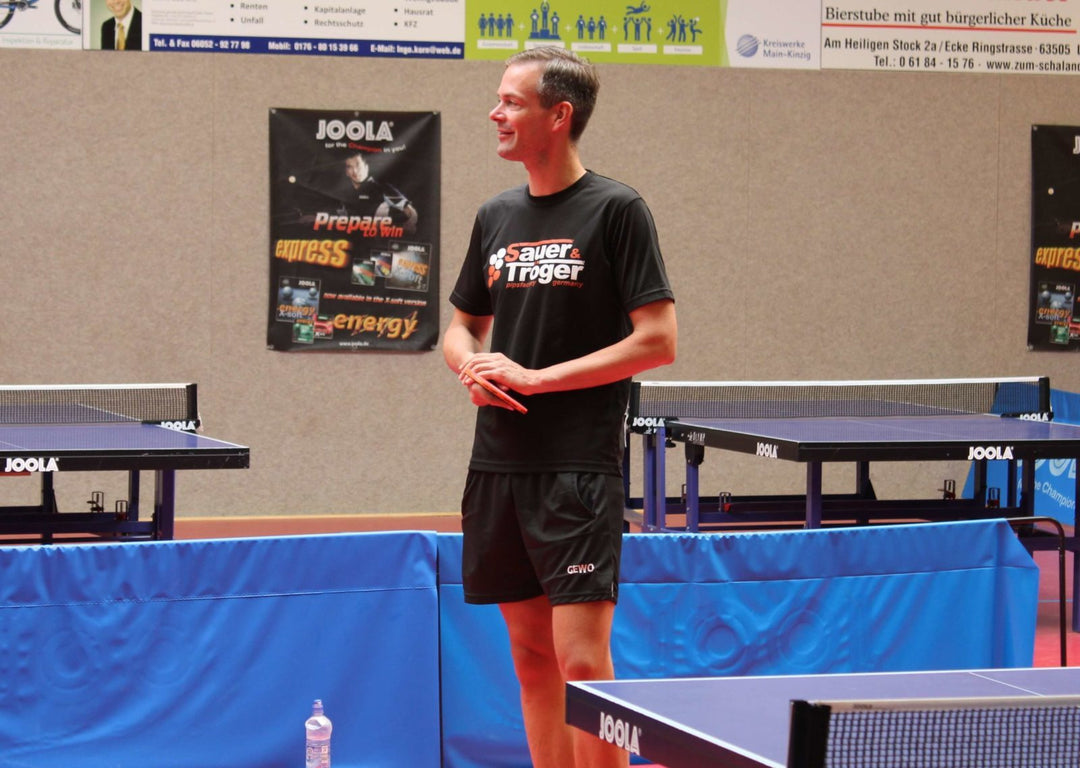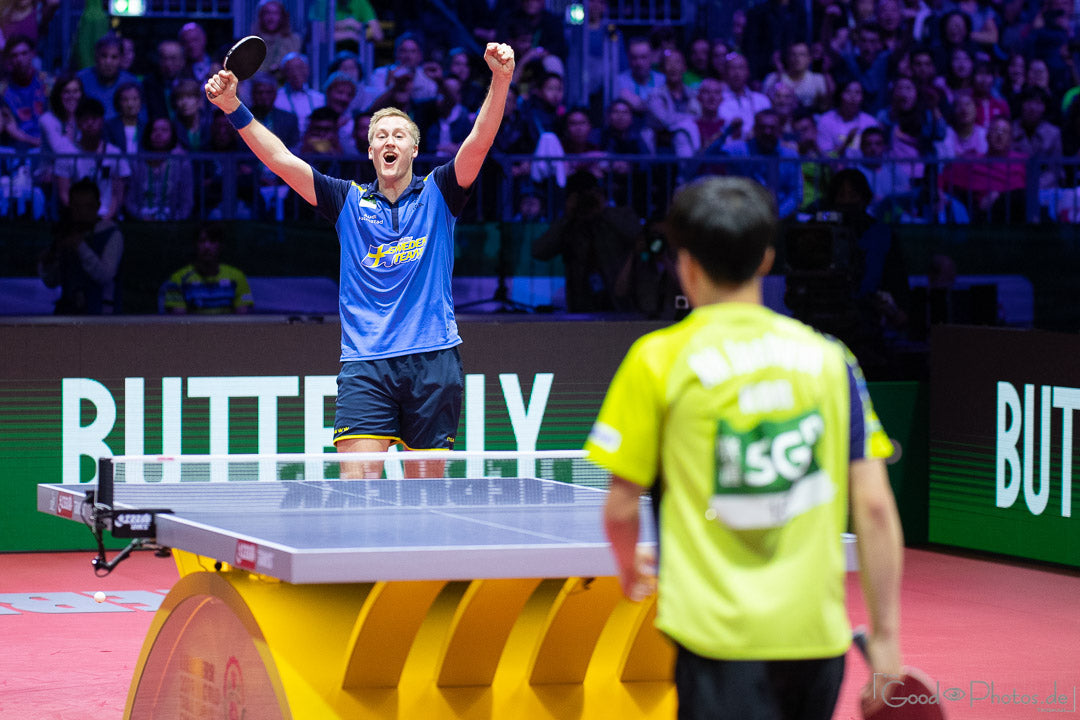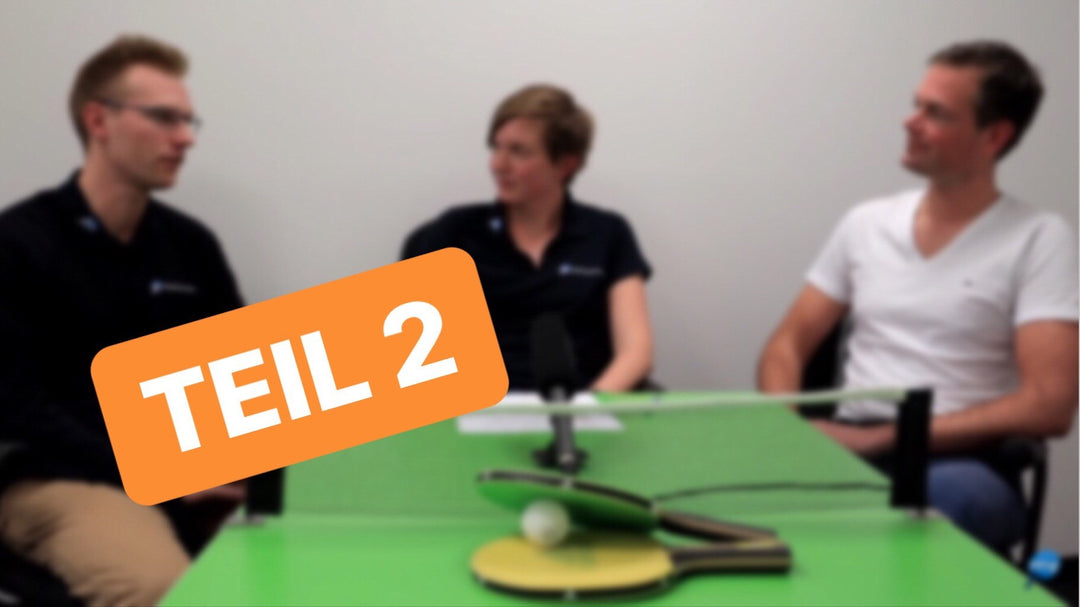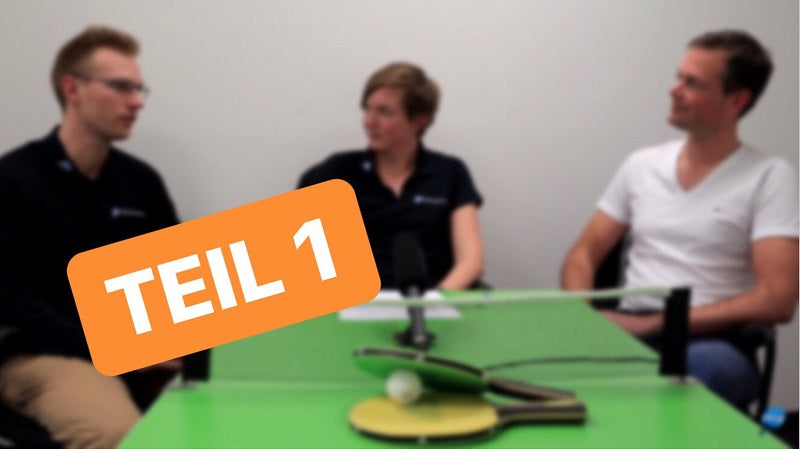Game and tactic tips to help you win your next table tennis championship game!
Hello dear pimple community,
With the kind permission of the Association of German Table Tennis Coaches, we are able to provide you with an article by Sebastian Sauer from the specialist magazine "tischtennis". Sebastian is a regular guest author in the magazine to pass on his knowledge as a pimple expert.
We described part of it in an older newsletter. Instead of just providing you with the second part, we now show the full article as a whole. Reading about the topic "How do I use pimple techniques variably and how do I effectively win championship games with them" is very worthwhile.
Since many of you have already played your first championship games and are wondering after a defeat: "What was the reason?" the article is a way to find the answer! You have the option of downloading the original article here as a PDF: Click here to download the article as a PDF or to read our blog post below.
We wish you a lot of fun reading and especially in the subsequent implementation!

Sebastian Sauer is not only in demand as a table tennis coach, but also as a guest author.
Small change, big effect
In order to play successfully with long pimples or antitop, you should act as variably as possible. In the second and last part of this article, Sebastian Sauer explains how to train and why the right timing is so important.
The first part of this article dealt with basic considerations regarding game strategy with material. Now it gets even more specific. After you have thought about which stroke techniques you like to play, it is now important to use them in the best possible way.
1. Faster vs. slower
There are many players who are good at a shot technique (specifically: simply holding the ball is also considered a shot technique), but who always execute it at the same pace and may always play the ball in the same spot.
No matter how well you master this technique, your opponent will find your game predictable after a while due to the uniformity and will be able to adapt well to it. You will eventually lack the means to step up a gear. You're not exhausting your potential. Deliberately play the same technique a little faster and then a little slower.
You will notice massive differences. The change in rhythm will cause your opponent to produce significantly more easy errors. It will take significantly longer for him to feel like he's adjusted to your gaming system. This works up to the highest divisions.
The difference in speed doesn't have to mean that you work in extremes and play the ball at 100 percent and then just very slowly at 5 percent. Small differences are enough to bring about a change in rhythm, for example 60 and 70 percent.
Irrespective of that, it is extremely difficult anyway to play a ball with 100 percent certainty with the material
2. Sooner vs. later
Of all the tips mentioned, this is the one with the greatest impact. If you implement this, your game becomes much more dangerous and less predictable for your opponent. Plus, your dangerous game will look effortless and easy to outsiders.
After bouncing on your half of the table, take the ball a little earlier and a little later. In the early variant, this can happen almost volley (dropkick). You have already massively changed your playing rhythm and can also do this with loose and safe shots.
Many players believe that in order to play more dangerously, they have to play a shot incredibly hard. This leads to a significantly higher error rate. If you just take the ball a little earlier, the ball will get to the other half of the table faster.
With the big difference that now a loose and safe shot is absolutely sufficient. In addition, if you accept the ball early, you have the opportunity to play the ball at more extreme angles.
3. Longer vs. shorter
You can achieve similar results if you let balls drain a little longer and sometimes a little shorter or half-length. Your opponent often makes the mistake of not taking the necessary step forward on the half-length ball.
4. Change of placement
Don't just play to one point, but sometimes parallel, sometimes diagonally, sometimes in the middle or on your opponent's elbows. Many players have problems in the middle of the table or in the elbows, because they have to decide whether they should play the incoming ball with their forehand side or with their backhand side.
In combination with the variants of playing faster vs. slower or taking the ball earlier vs. later, the change of placement is a real game changer that makes your game system much more effective. And all of this is basically possible if you don't learn any new techniques at all, but if you simply use the existing ones more profitably.
In the adult sector, structural training such as a course is only offered in a few clubs. Therefore, I would like to present very simple initial exercise approaches that you can use for yourself even if no training partner wants to take part.
However, structured training helps if you only do it for 15 minutes at the beginning of the training, for example. And for that, a few players can usually be won over. An interesting side note: many a player gets terribly upset about his performance game after game and at the same time smiles at club colleagues who go to a course, who want to practice structured exercises or who simply do service training to improve themselves.
Something is going wrong here and you shouldn't be discouraged by the behavior of such a club-mate, but try to develop yourself and your game.
1st step:
Have your training partner return the ball safely to your half of the table and try to play it with a focus on tips 3, 4, 5 or 6 (e.g. 3: Here you play the ball a little faster with a technique of your choice and sometimes a little slower).
2nd step:
If this works well, your opponent can play the balls over a larger area (e.g. over your entire backhand half).
3rd step:
Try mixing different of the recommended tactical variations. For example, playing the ball a little faster and a little slower and then accepting it a little earlier and then a little later. You can also switch between different hitting techniques.
From practice:
Even if your training partner is not willing to practice this in a structured and patient manner, you can simply plan to implement this advice in a training game. At first, you shouldn't care about the result.
As a rule, with new impulses and changes in your game, you will make more mistakes at the beginning until you can eliminate them and until your game becomes more successful.
I wish you every success on your way to making your game more varied and successful. Liven up your game with new impulses!
Your motivation, your fun and last but not least your results will thank you. And as already written in part 1 of this article: Even if the content of the article does not apply to you, you can give it to your club mates who play with material.
Greetings from the Sauer & Tröger team
